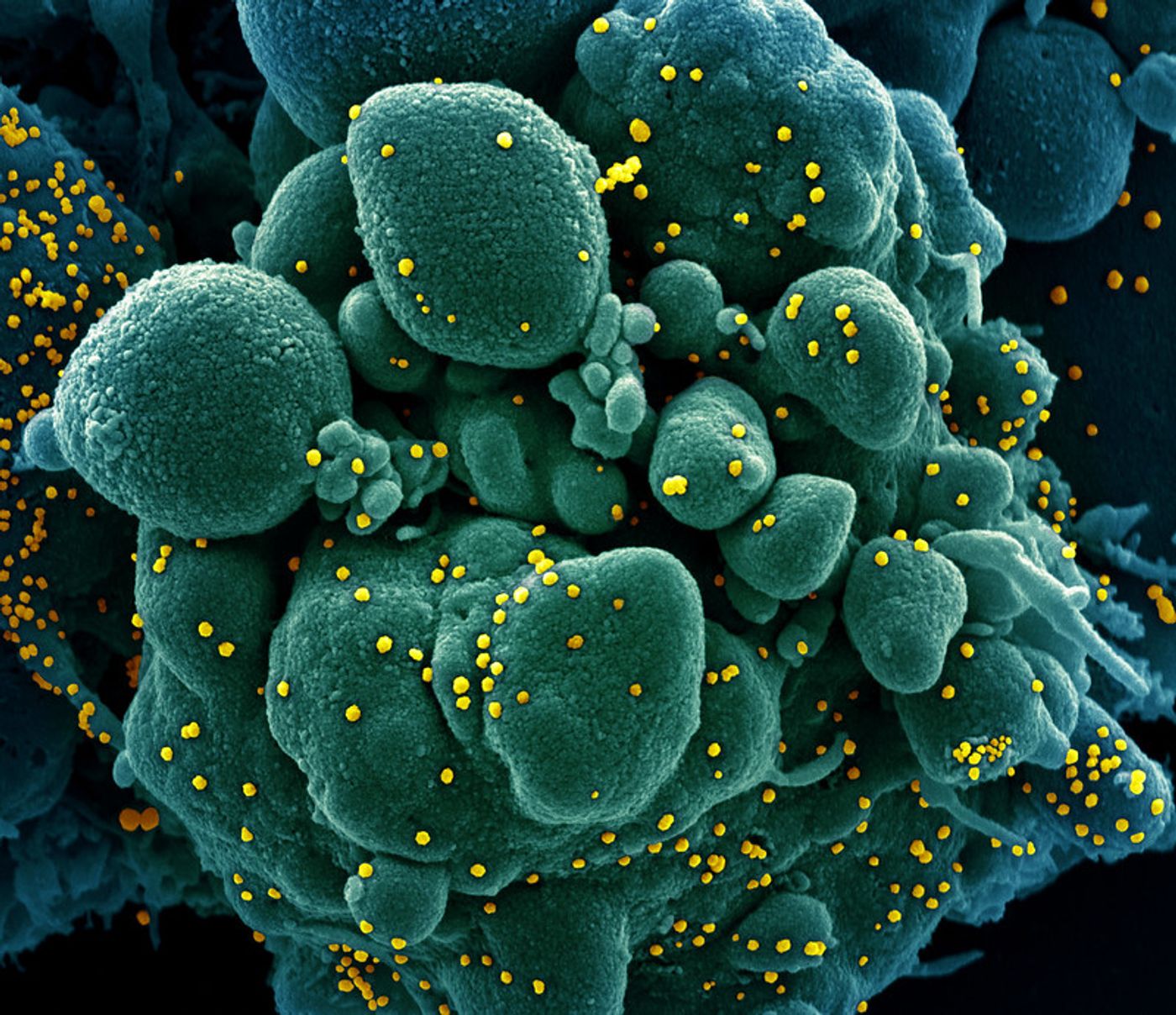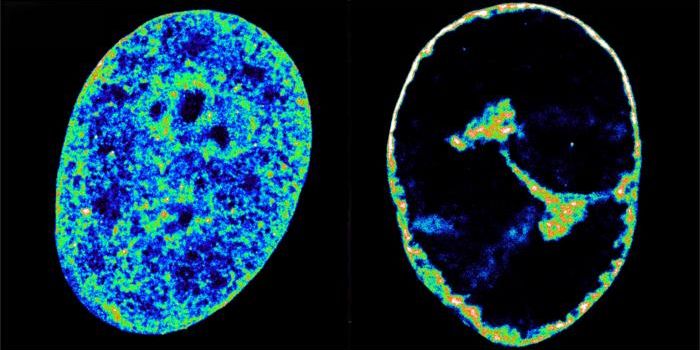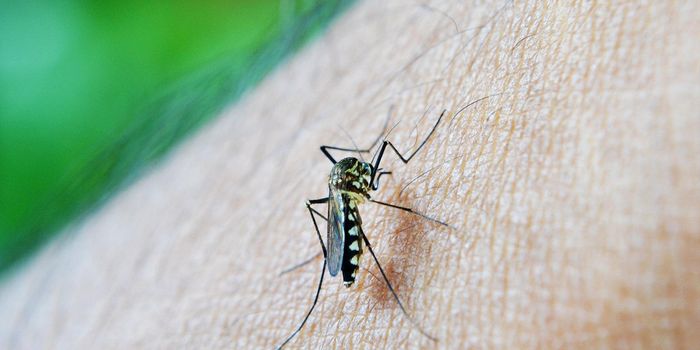Eight Trajectories of Long COVID are Identified
Since the emergency phase of the COVID pandemic has ended, researchers have been studying the long-term consequences of a SARS-COV-2 infection. In a new study conducted by researchers at Mass General Brigham, scientists outlined eight potential trajectories of disease in long COVID patients. This study followed over 3,500 patients who had COVID, and found that at three months post-infection, about 10.3% of them had symptoms of long COVID. Of that 10.3% of long COVID patients, an estimated 81% of them still had long COVID symptoms for one year after their initial illness.
This study, which was reported in Nature Communications, also described eight potential trajectories that long COVID can take in various patients. In different patients, a long COVID illness can vary in severity and duration, and may improve, but could also worsen over time.
For some patients, symptoms will be continuously severe; for others, the symptoms of long COVID will be intermittent in severity; in some patients the symptoms could gradually improve; but there were also patients who experienced symptoms that gradually got worse. There was also another group of patients who experienced mild symptoms of long COVID that arose after 15 months.
“This study addresses an urgent need to define the differing long COVID trajectories,” said senior study author Bruce Levy, MD, of the Mass General Brigham Department of Medicine and the Division of Pulmonary and Critical Care Medicine. “Our findings will help determine what resources are needed for clinical and public health support of individuals with long COVID and will also inform efforts to understand long COVID’s biological basis.”
Symptoms of long COVID can include fatigue, dizziness, brain fog, heart palpitations, digestive issues, and other problems that persist for over three months after a SARS-CoV-2 infection.
In this study, the researchers followed 3,659 adults who were part of the Researching COVID to Enhance Recovery (RECOVER) Initiative, and who had been infected while the Omicron variant of SARS-CoV-2 was dominant. Patients completed extensive questionnaires to describe their symptoms.
“The variability we identified will enable future studies to evaluate risk factors and biomarkers that could explain why patients vary in time of recovery, and help identify potential therapeutic targets,” said first study author Tanayott Thaweethai, PhD, an assistant professor at Massachusetts General Hospital Biostatistics.
COVID-19 vaccinations are still one way to reduce the likelihood of long COVID.
Sources: Mass General Brigham, Nature Communications









